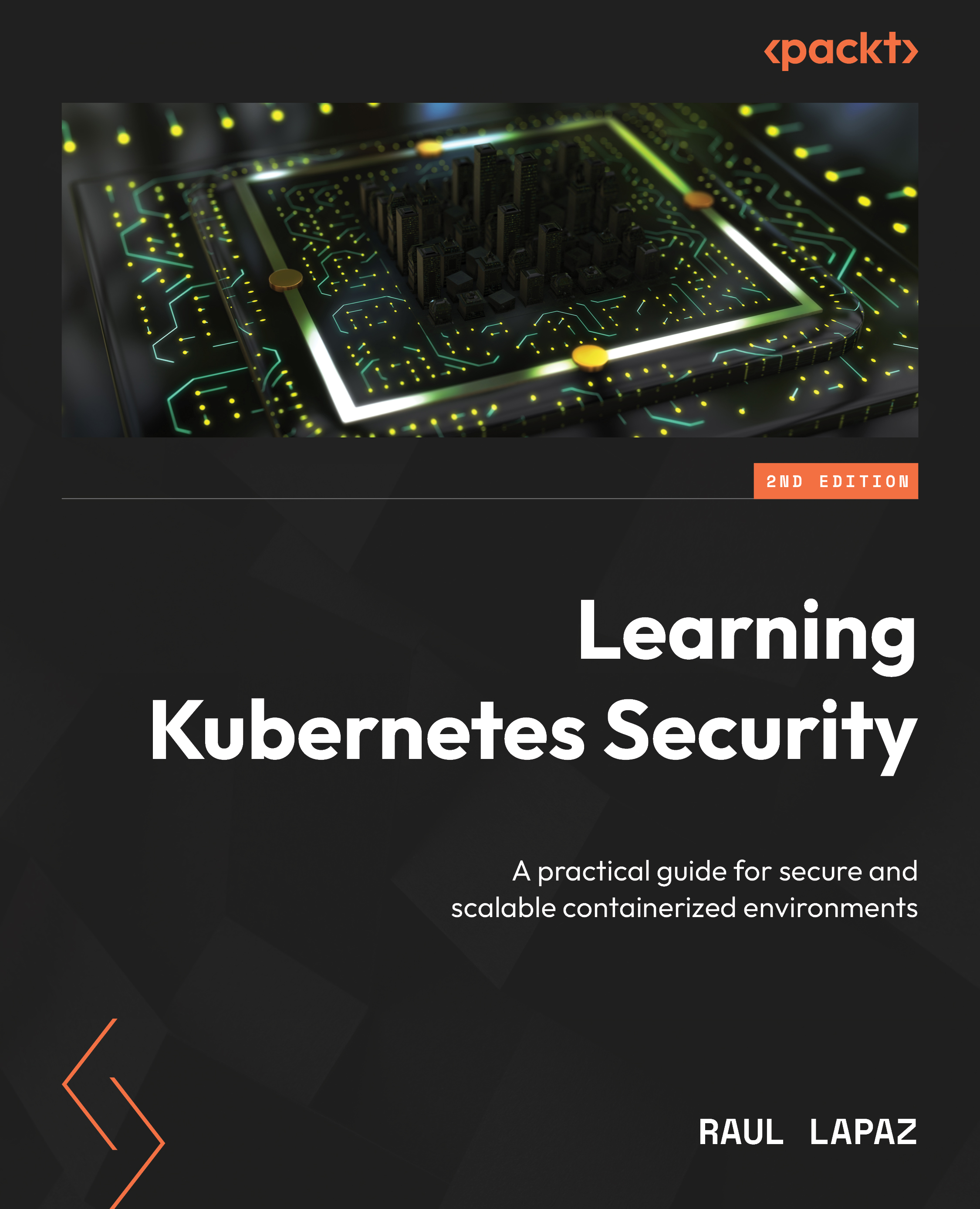Kubernetes Networking
When thousands of microservices are running in a Kubernetes cluster, you may be curious about how these microservices communicate with each other as well as with the internet. In this chapter, we will unveil all the communication paths in a Kubernetes cluster. We want you to not only know how the communication happens but to also look into the technical details with a security mindset.
In this chapter, you will gain a good understanding of the Kubernetes networking model, including how Pods communicate with each other and how isolation is achieved through Linux namespaces. You will also explore the critical components of the kube-proxy service. Finally, the chapter will cover the various CNI network plugins that enable network functionality in Kubernetes.
In this chapter, we will cover the following topics:
- Overview of the Kubernetes network model
- Communicating inside a Pod
- Communicating between Pods
- Introducing the Kubernetes...

































































